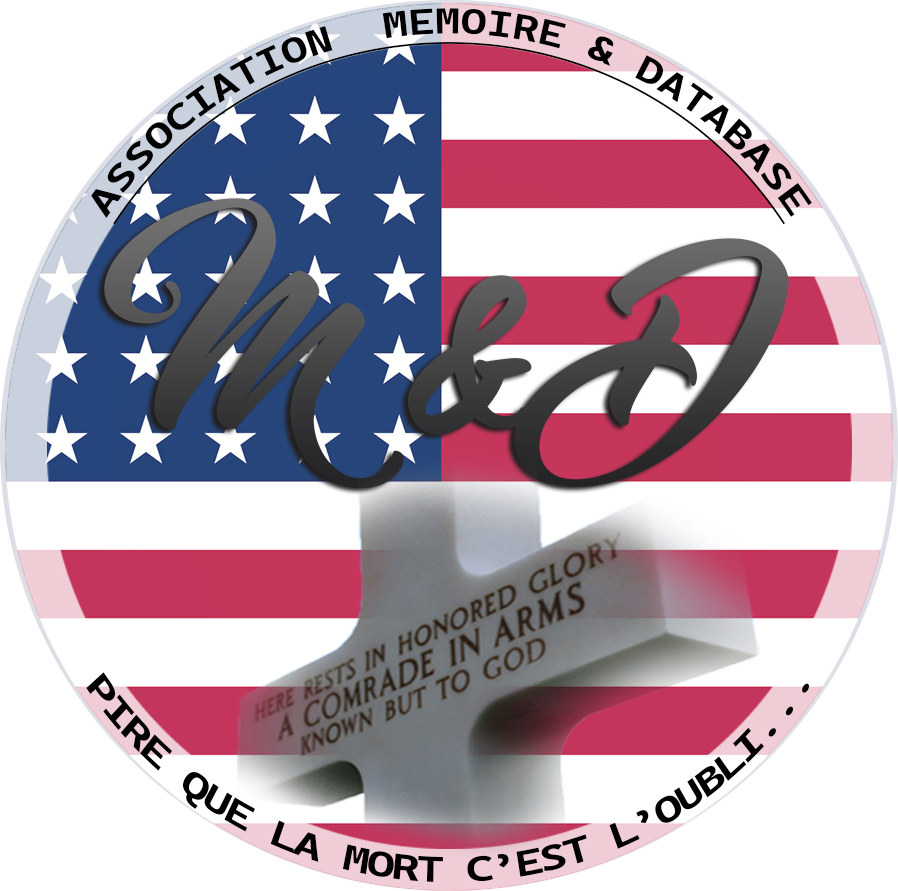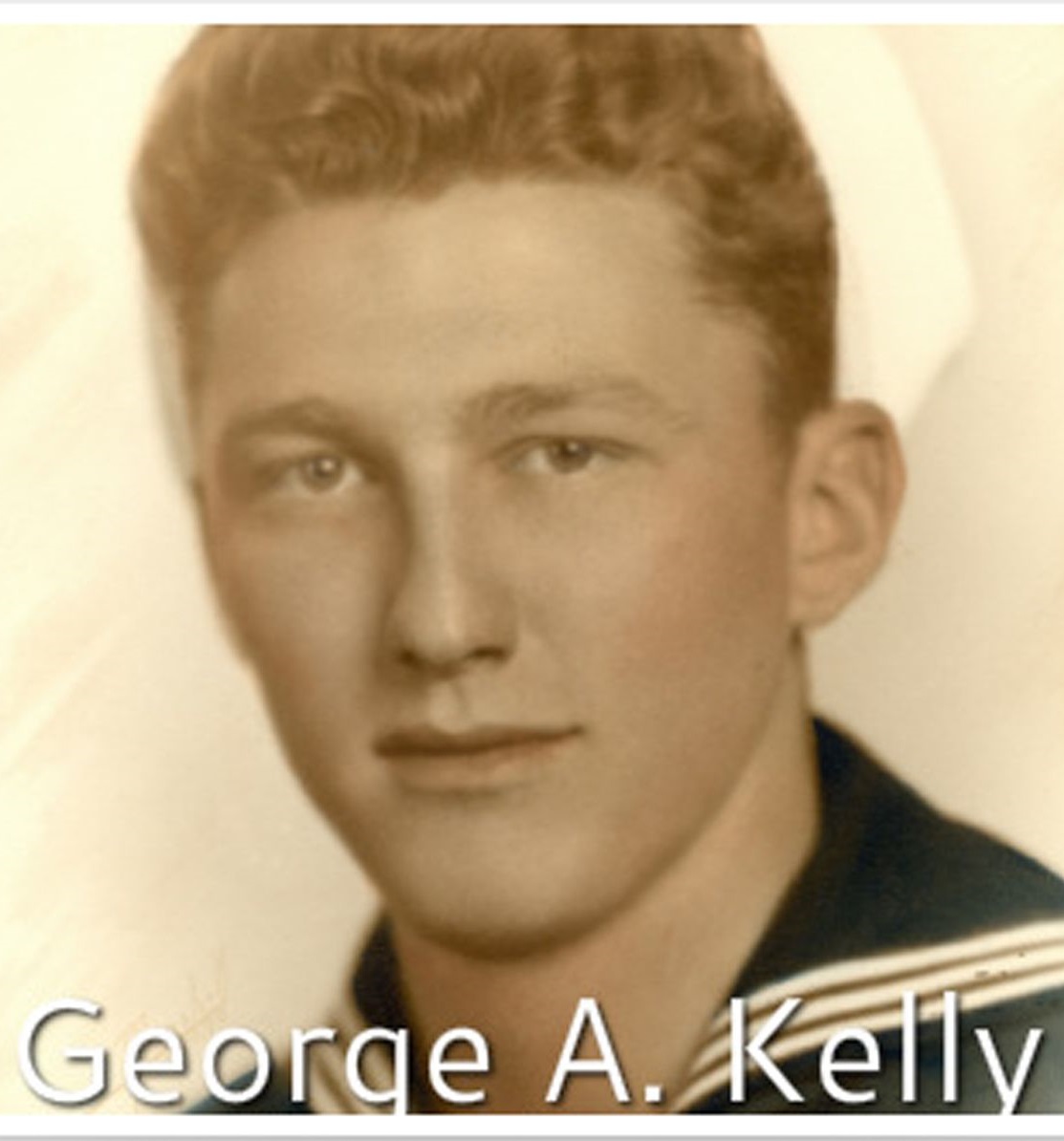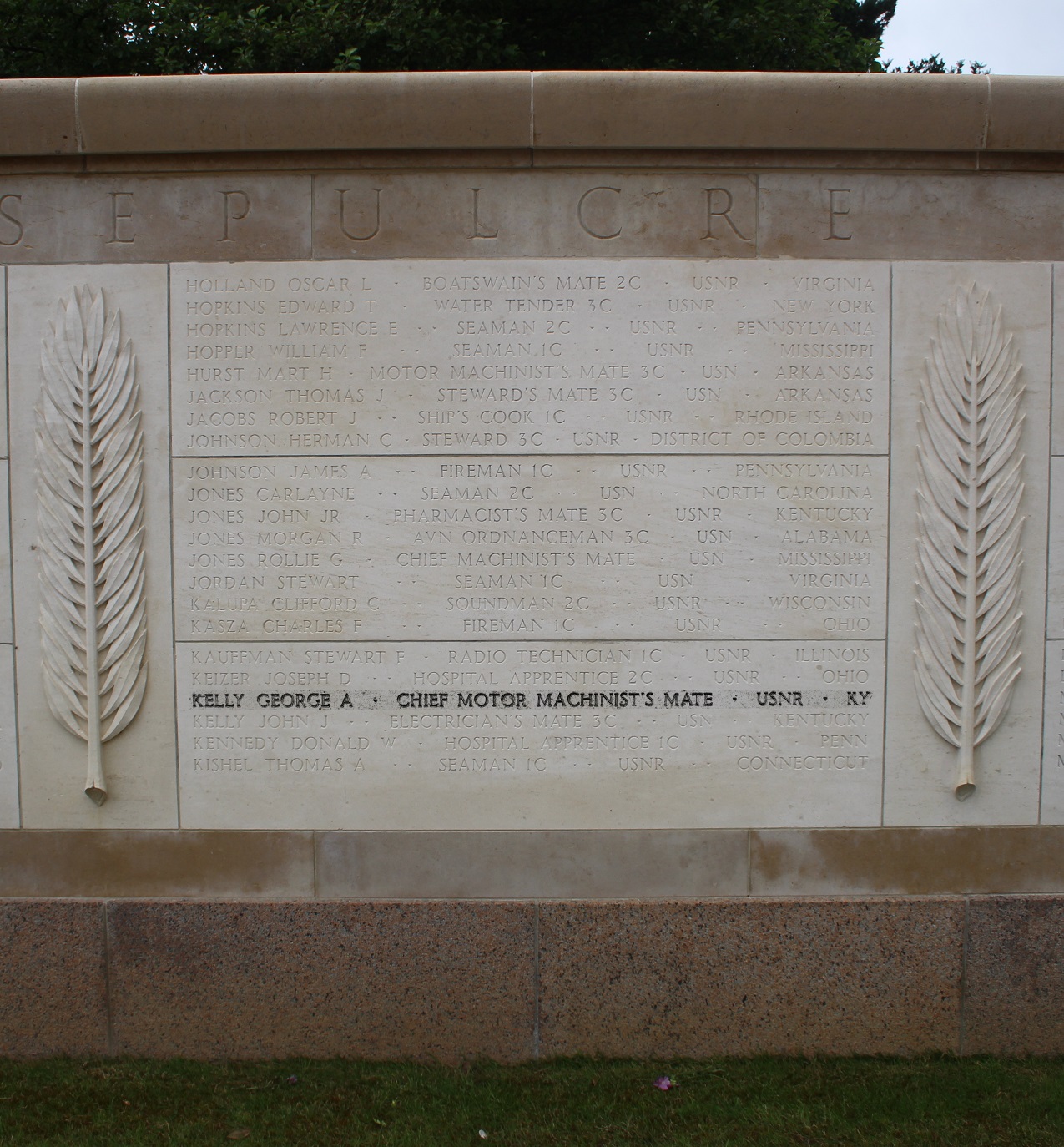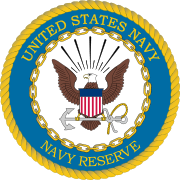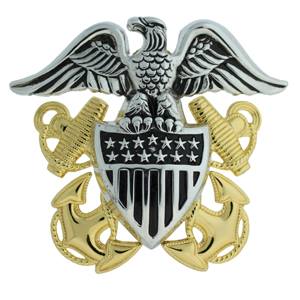|
George Albert KELLY
| |||||||
|---|---|---|---|---|---|---|---|
|
Source : Charging Forward KY
| |||||||
| NUMBER OF SERVICE | 6344281 | ||||||
| AGE | 23 yo | ||||||
| DATE OF BIRTH | 18 October 1920 Madisonville, Hopkins County, KENTUCKY | ||||||
| ENLISTMENT STATE | KENTUCKY | ||||||
| FAMILY | Parents : Dan M. & Bessie Barnes KELLY Siblings : Christine E, Mary L. & George A. | ||||||
| RANK | Chief Motor Machinist's Mate | ||||||
| FONCTION | Chief Motor | ||||||
| JOB BEFORE ENLISTEMENT | 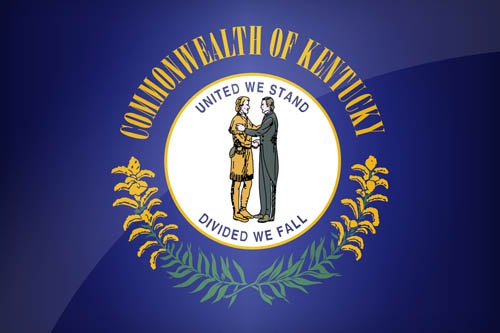 | ||||||
| DATE of ENLISTEMENT | July 1942 | ||||||
| BOAT | USS Landing Craft Infantry Large - LCI (L) 232 | ||||||
| ARMY | United States Naval Reserve | ||||||
| DATE OF DEATH | 6 June 1944 |
Source : F Lavernhe | |||||
| STATUS | KIA | ||||||
| PLACE OF DEATH | Utah Beach | ||||||
| CEMETERY | NORMANDY AMERICAN CEMETERY of Colleville | ||||||
| GRAVE |
| ||||||
| DECORATION |
| ||||||
| |||||||
| STORY | |||||||
|
Kelly was born in Madisonville, Kentucky on October 18, 1920. His parents were Dan and Bessie Kelly. He had three siblings: Christine, Charles, and Mary. His father Dan Kelly worked as a Ford Dealer before opening his own garage. Kelly grew up working in his father’s garage and this is where his love of mechanics grew. In addition to working in his dad’s garage, Kelly was active in sports, attended church, and played the trumpet for his high school band. Working in an auto repair garage had another perk. He was one of the few teenagers who was able to obtain and own his own car during the Depression. This made him extremely popular. In July 1942, Kelly joined the Navy. After boot camp Kelly reported to Chicago for training on diesel engines. After graduation, he continued his education by taking a class in Class A Group 3 diesel engines. In November 1942, he was transferred to the amphibious forces training center at Little Creek, Virginia. He was assigned to USS Landing Craft Infantry Large (LCI(L)) 232. He steadily rose in rank from fireman first class and made Chief Motor Machinist Mate on June 1, 1944. LCI (L) 232 was a 157-foot long landing craft with a crew of 28 men and was armed with four 20-milimeter guns and two .50-caliber machine guns. The crew had already participated in the invasions of North Africa, Sicily, and Anzio when LCI (L) 232 was sent to Cardiff, Wales. The ship underwent repairs and maintenance at Cardiff while the crew was given time to relax a little. Although no official orders had been given the crew knew a major invasion was imminent and that Normandy was the probable location. “We hadn’t been told but we knew,” reported one crewmember. In late May LCI (L) 232 was ordered to Plymouth, England. On 4 June 250 soldiers crammed onto the transport and the countdown to D-Day began. Bad weather delayed the invasion. The men were stuck aboard the small ship in the rough English Channel. Some of the crewmembers sat with the soldiers as the Army colonel spoke to his men about what to expect once they hit Utah beach. The sailors knew they would be experiencing the same danger until the last of the troops had been unloaded on the beach. Shortly after midnight on 6 June the massive, allied convoy headed for the coast of France. LCI (L) 232 reached its destination about 2 a.m. and waited for daybreak about 12 miles off-shore. With the destroyer USS O’Brien as escort, LCI 213 and 21 other LCIs of Flotilla 2 began their approach to Utah Beach. The two columns of amphibious ships began encountering beach obstructions 1000 yards from the beach. They had been warned that many stakes were tipped with stellar mines. Channels to their landing zone had not been cleared. It was decided to disembark their troops on to smaller LCMs and LCVPs that could better negotiate the obstacles and get the troops to shore. As the soldiers aboard LCI (L) 232 waited to disembark an Army officer watched several American vessels sink in rapid succession. “The lieutenant would say “There’s a ship going down. There goes another one down.” At 1042 all the troops had been successfully disembarked. The flotilla had been lucky to survive heavy fire from the beach and avoid setting off any mines. The lead ship LCI 214 ordered the column to follow closer to the beach. This was an apparent attempt to find a safer approach for the next wave. The attempt failed and 214 turned back out to sea with the 232 and column of LCIs following close behind. Officers on the 214 heard a loud explosion and watched in shock. The_ LCI 232_ got blown out of the water by a mine and immediately began to sink with Chief Motor Mac George Kelly in the engine room. The ship sank with hull facing up within five minutes. One man managed to crawl up from the galley with a broken leg. He was dragged into a life raft as the ship turned over and disappeared. Only 13 men from the crew of 28 survived. All the survivors suffered some type of wound. For their efforts in saving the lives of crewmates, three crew members received Silver Stars while one was awarded the Navy Cross posthumously. Gerorge Kelly’s parents received this letter from Lt.(jg) William R. Watson the commander of LCI(L) 232. “I fully realize the inadequacy of anything I can say to you to lighten the burden of grief and anxiety which must be yours at this time. I hope you may receive some comfort and courage in the knowledge of your son’s brave devotion and splendid service. Your son was a fine sailor who was respected for his professional abilities, his conscientious performance of duty according to the highest standards of our naval traditions and his qualities of fellowship and leadership which made him a fine shipmate. He was well liked by all the officers and men aboard the ship. I profoundly hope that you may find solace in the thought that he lies buried with honor in the sea he served so well. The memory of your son will remain a constant inspiration to all who knew him and who must now carry on the struggles to preserve the ideals for which he so devotedly gave his life. He was a credit to his home and country, and you may justly be very proud.” Kelly was listed as missing-in-action until March 30, 1945 when the Navy officially declared him killed-in-action. Kelly was posthumously awarded the WWII Victory Medal, the European-African-Middle Eastern Area Service Ribbon with five stars, the American Area Campaign Medal, and the Purple Heart. His name is listed on the Tablet of Missing in the American Cemetery in Normandy. | |||||||
| SOURCE INFORMATION & SOURCE PHOTO | Findagrave.com - Findagrave.com - Abmc.gov - Dday.org - Fold3.com - veesjrv481 |
|---|---|
| PROGRAMMER | Henri, Garrett, Clive, Frédéric & Renaud |


